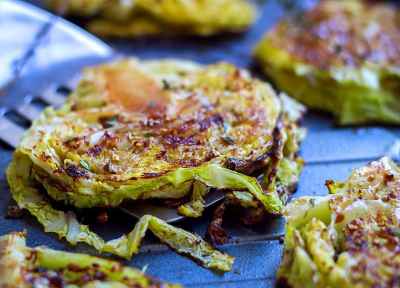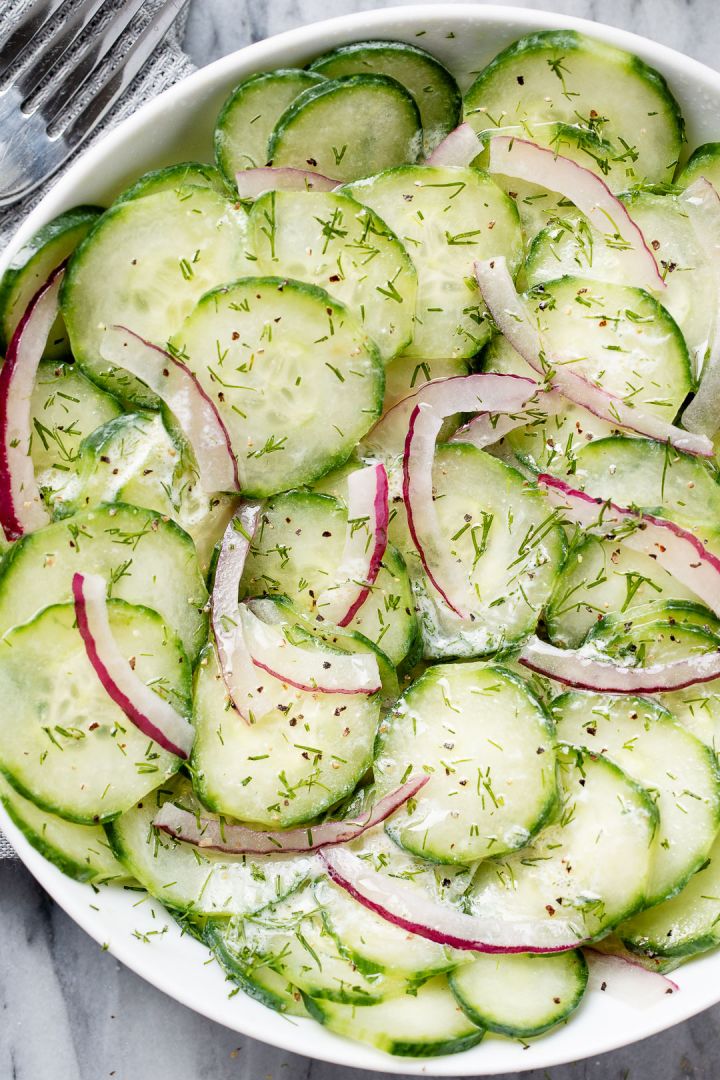[portfolio_slideshow navpos=top]A sprinkling of pomegranate seeds can add jewel-bright color and a sweet-tart flavor into all sorts of fall and holiday dishes. Pomegranates make their annual appearance to reach their peak in early fall and can be found whole and fresh from October to January, and then you have to wait till next year. That gives you a few months to add tiny bursts of sweet-sour juiciness into all sorts of fall dishes.
Recipes with Pomegranate seeds
Whereas they are rarely the main ingredient of a dish, here is a handful of fresh fall recipes featuring the pomegranate fruit:
- Chicken Salad with Prawns,Spinach and pomegranate
- Warm Pumpkin & Pearl Barley Salad
- Gingerbread and Pomegranate French Toast
- Fennel Salad with Orange and Pomegranate
How to collect pomegranate seeds
Releasing the gem-like seeds from a pomegranate’s leathery skin and bitter pith is as easy as peeling an orange. Here’s how you do it:
- 1. Cut off the flower: Trim the pointed end of the whole pomegranate so that some of the skin and pith are removed and seeds show through.
- 2. Score the skin: Cut the skin in quarters the way you’d cut through the skin of an orange.
- 3. Submerge pomegranate: Place fruit in a large bowl of water before pulling the quarters apart. Discard skin and pith as you gently wiggle the seeds free. Doing this underwater allows small bits of bitter pith to float to the top and prevents pomegranate juice from going everywhere (be careful, it stains!). Skim away the skin and pith, drain seeds, and eat directly or use in your recipes.
How to use pomegranate all year round?
You can get your pomegranate fix from frozen seeds, bottled juice, and pomegranate molasses all year round.






















